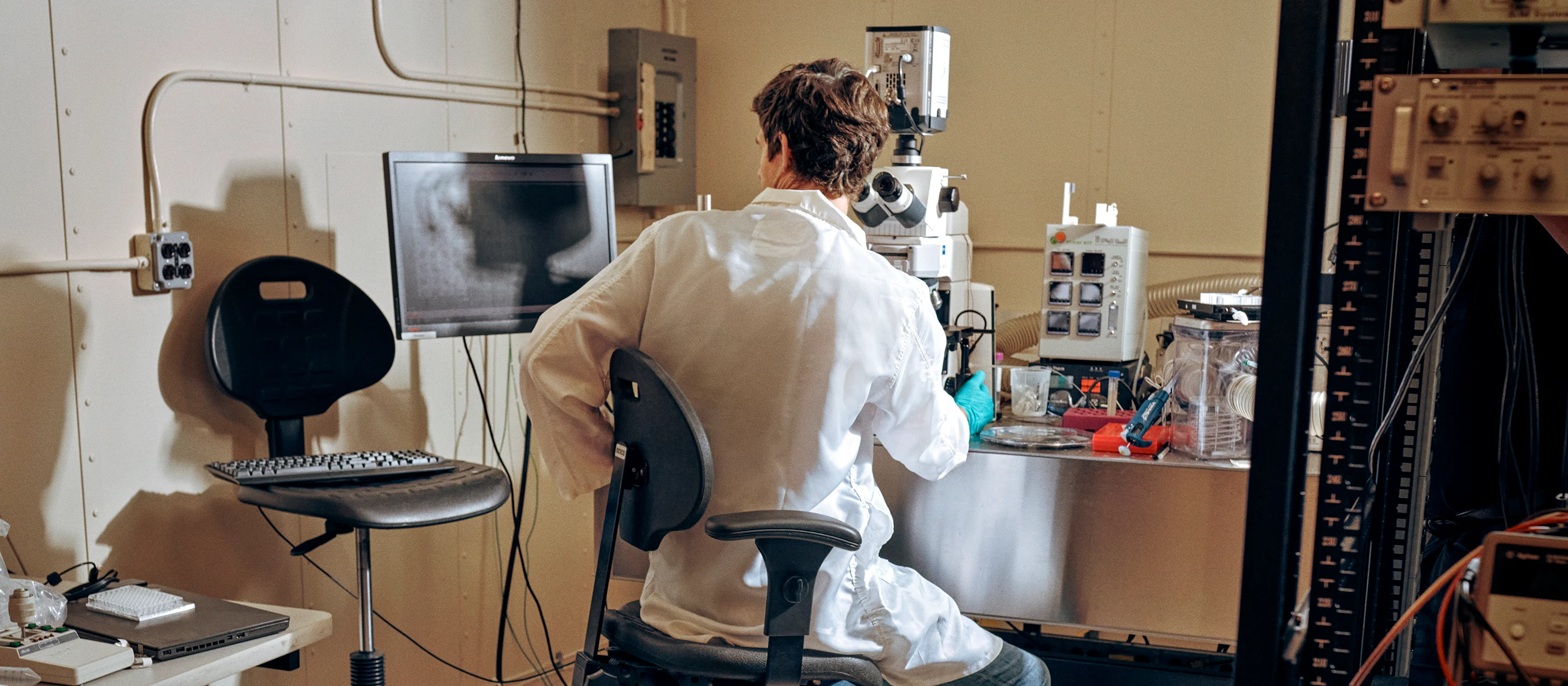IBM Research Europe – United Kingdom
Working across two locations (Daresbury and Hursley), our teams have been constantly contributing to creating what’s next in computing. Our research is motivated by today’s most pressing challenges both in the global context and specific to UK industries and institutions. We bring cutting-edge computational science and engineering to define the quantum computing of the future, the next generation of artificial intelligence, and the technologies that will help accelerate scientific discovery, for UK and beyond.
Meet the team
Think Lab
The role of the Global Think Labs is to make what’s next in computing actionable for our clients. We offer a stimulating environment to explore future technologies and their transformational impact on business and society. Our Think Lab is located at the historic IBM Hursley Laboratory that brings together cutting edge IBM integration development with research into Accelerated Discovery, Quantum Computing, AI and Hybrid Cloud. Together with our colleagues from the Daresbury Lab we connect our deep technological understanding and fundamental research directly to IBM clients from around the world.
Projects
Auto-omics for climate and sustainability
Auto-omics for healthcare and drug discovery
Host-pathogen interactions for healthcare and drug discovery
Discovering physics extremes with computing
Join our team
We’re always looking for people excited to make a difference. See our open positions and help us invent what’s next.

